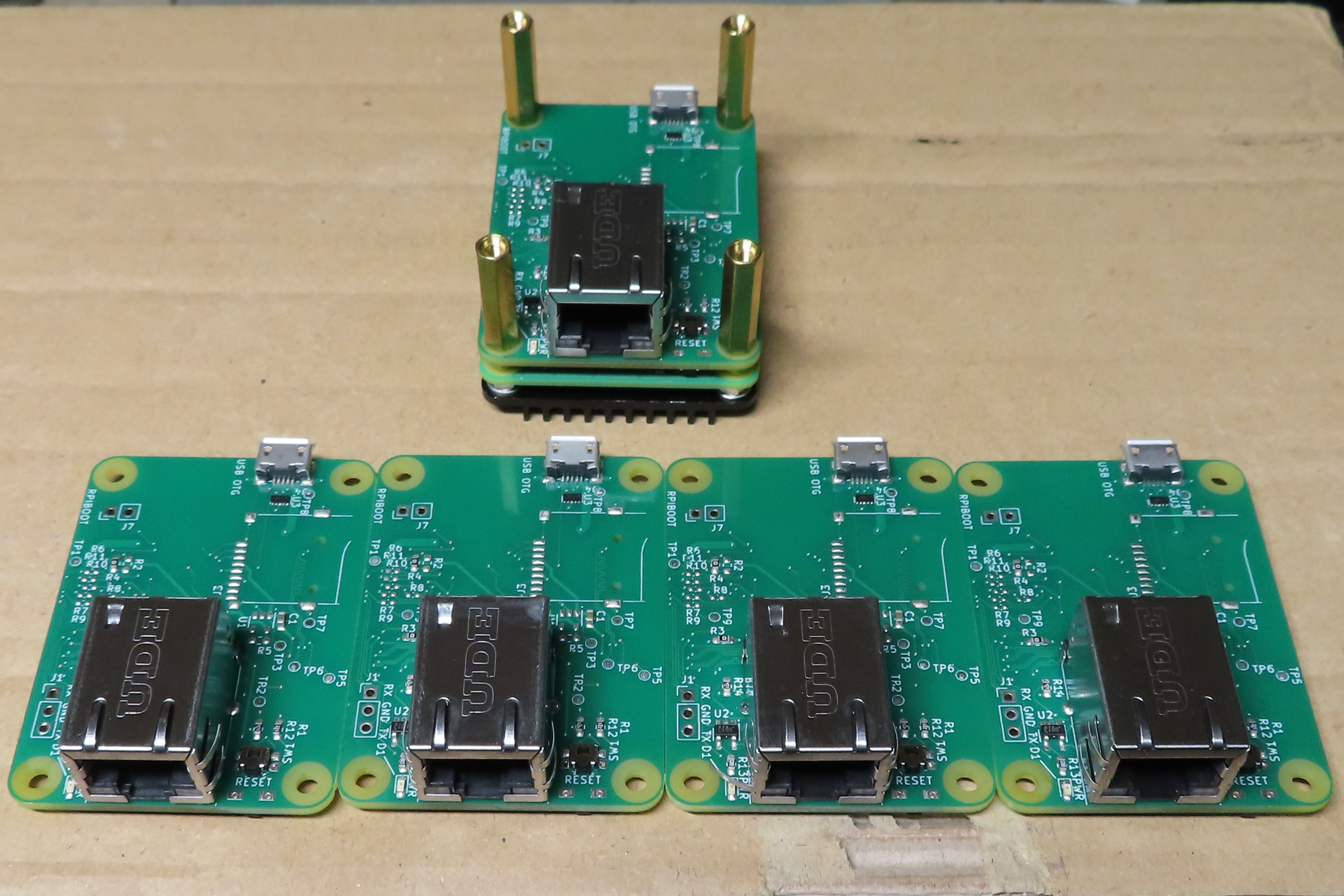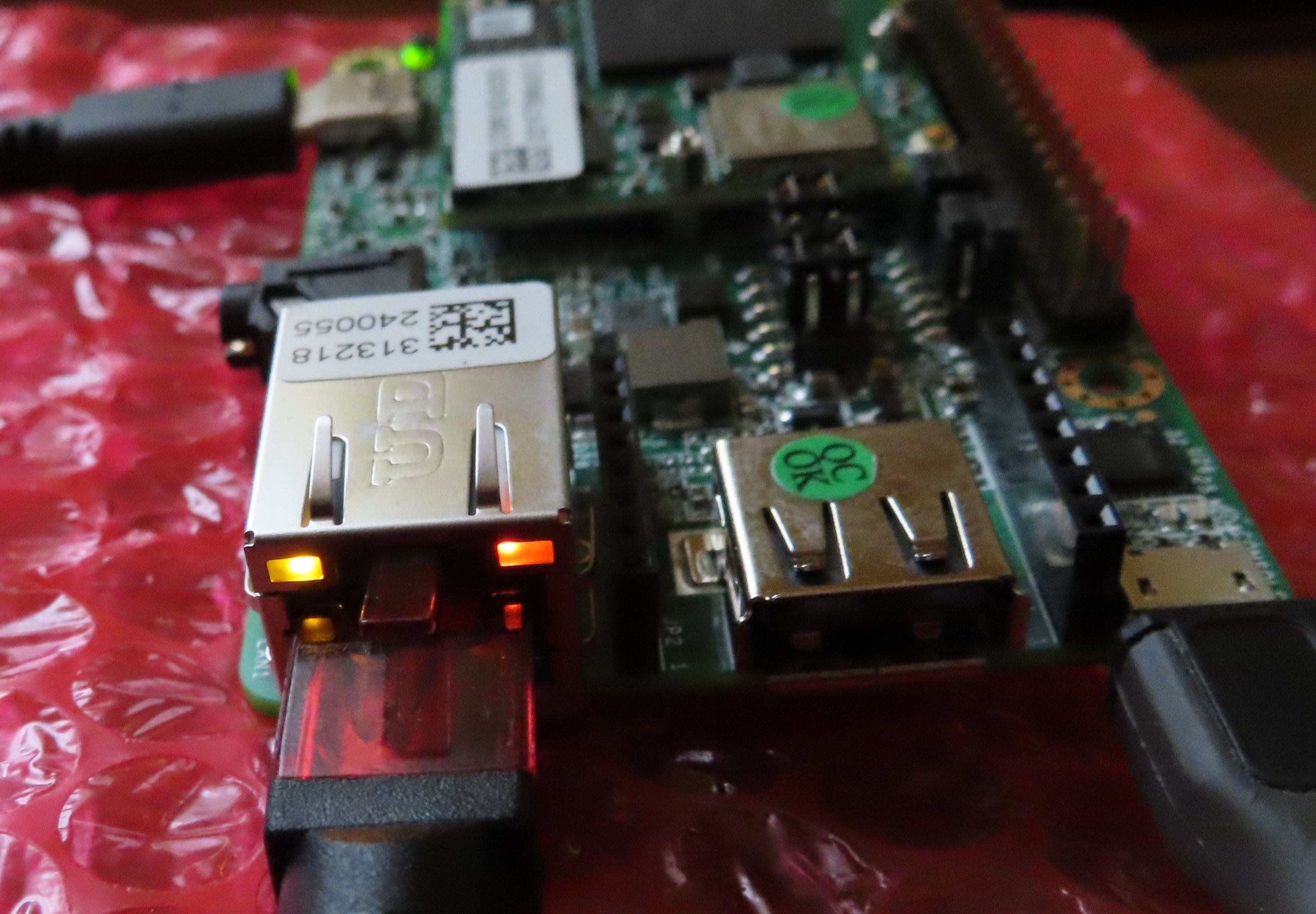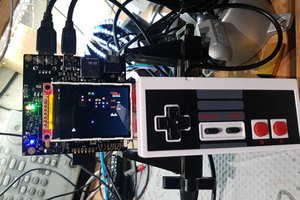The basic idea of the project is to deliver smallest possible headless server with help of Compute Module 4 unit. To achieve that, the requirement was to have exactly the same size of the board as CM4 itself. Actually the only thing that is required for this kind of use case is Ethernet connector. However this board does not support PoE (yet?), so power has to be delivered externally, via Micro USB connector. Same USB serves also as an interface to rpiboot, so boards having eMMC could be flashed with it. Also there is OTG support, that was on CM4 connector out of the box, so most likely Raspberry with this board could serve as both host and slave USB device. For convenience, there is also Micro SD connector, which allows to boot from SD card on CM4Lite boards. Oh, and there is obviously UART header, so some basic troubleshooting can be done this way. Basically that's all you should need for your networking projects.
I can imagine that this kind of device could be used, most obviously, as a standalone server, saving a bit of space comparing to Raspberry Pi or similar device, maybe to play a bit with Kubernetes, Ansible or this kind of thing, without doing this directly on a laptop or VMs. Also this could work way better for building small Raspberry Pi clusters.






 For today this is all I have. I hope in the coming days I will be able to play with the boards a bit more.
For today this is all I have. I hope in the coming days I will be able to play with the boards a bit more.


















 charliex
charliex
 Jared
Jared
 Keith
Keith
 tobychui
tobychui
Hi,
For my part, I plan to use only CM4 with integrated flash. So I don't need the SD connector and its management components.
Regards